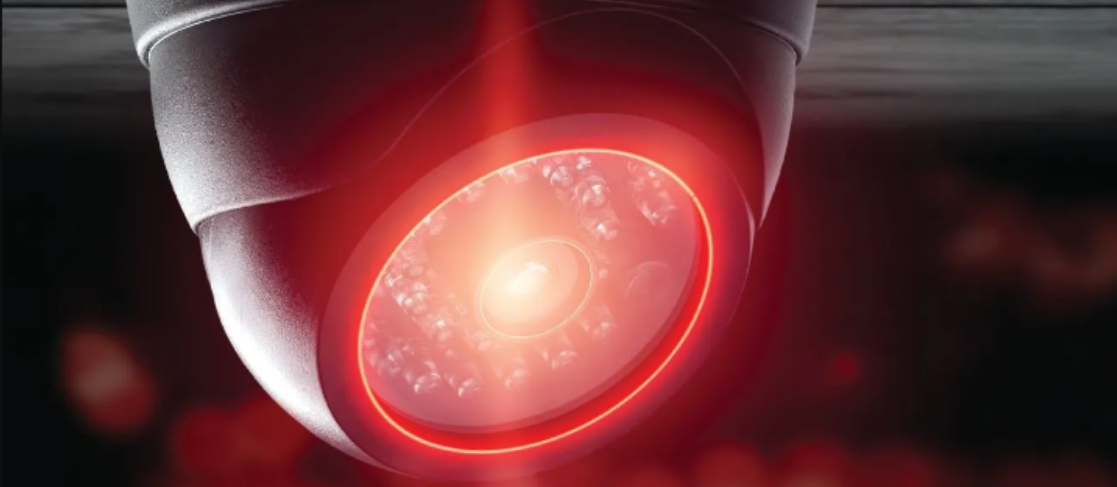Indoor Air Pollution
Hidden sources & mitigation measures

Hidden sources of indoor air pollutants
Cooking: An unseen culprit of indoor air pollution
Cooking activities play a significant role in indoor air pollution, leading to increased CO2 levels and potential emissions of PM, CO and VOCs. During cooking, the heating process can decompose triglycerides, releasing free unsaturated fatty acids (UFAs) like oleic acid, linoleic acid and linolenic acid. While ventilation systems, such as venting hoods, offer moderate effectiveness, introducing fresh air during cooking can also introduce ozone (O3) and hydroxyl radicals (·OH). These reactive species interact with UFAs, resulting in the formation of stable oxidized products like aldehydes (e.g., formaldehyde) and ketones.
Surfaces and cleaning: silent contributors to poor IAQ
Indoor surfaces with high surface-area-to-volume ratio (on the order of 3 m2/m3) can harbor organic compounds that serve as “food sources" for microbes. Under suitable environmental conditions (e.g., light, temperature, surface acidity and water content), these compounds can undergo biodegradation, leading to the release of VOCs, similar to outdoor bacterial activity. Regular surface cleaning, while beneficial, may inadvertently contribute to indoor air pollution. Cleaning products emit reactive species and VOCs, including monoterpenes. These compounds, found in cleaning products, can react with oxidants, such as O3, from outdoors and ·OH from cleaning products themselves. This results in the formation of hazardous secondary pollutants, including carbonyls (e.g., formaldehyde), organic acids, peroxide species, organic nitrates and particulate matter, such as secondary organic aerosols (SOA).
Volatile chemical products (VCP): unveiling their impact on IAQ
The use of VCPs is often underestimated, despite their widespread use and pleasant fragrances. Compared to automobile exhaust, VCPs exhibit significantly higher VOC emission factors (i.e., emission amount per unit product use). Research presented at a recent forum focused on gas-phase emissions from air fresheners, revealing esters as the most abundant VOCs, indicating their prevalent use in the flavor and fragrance sectors. Terpenes, particularly limonene, emerged as the second major group in the VOC profile of VCPs. These VOCs undergo ozonolysis, leading to the formation of SOA, which subsequently evaporate, resulting in dried SOA. Among the top 15 species in VCP SOA, 13 were identified as potential peroxides, with total peroxide contributing to approximately 60 percent of the SOA mass. These organic peroxides, as significant oxidative components of SOA, have the potential to disrupt the redox balance by decomposing into reactive oxygen species upon inhalation or respiratory deposition.
Good FM practices
When addressing cooking-related challenges, space planning emerges as a crucial strategic factor due to the intricate nature of pollutant dispersion. Prioritizing proper zoning, which ensures sufficient separation between the kitchen area and visitor or office zones, along with maintaining a negative pressure in relation to adjacent areas and ensuring sufficient provision of make-up air, can effectively mitigate the generation and spread of harmful pollutants. Furthermore, promoting healthy dietary practices that discourage oil-intensive cooking methods, can contribute to improved IAQ.
To tackle cleaning challenges, it is essential to promote sustainable cleaning practices.
- First, minimizing the use of chemical cleaning agents and opting for physical sweeping or high-pressure water spray can be advantageous.
- Second, when deep cleaning necessitates the use of cleaning agents, it is recommended to choose plant-based or natural products with eco-labels and green certifications to reduce VOC emissions during use. Educating cleaning workers about proper chemical substance protocols and emphasizing adherence to manufacturer's instructions can help avoid excessive use of cleaning agents.
- Third, for instances where insecticides, air fresheners or other VCPs are necessary, opting for non-propellant-driven, eco-labeled and green alternatives, including plant-based and fragrance-free options, can significantly mitigate indoor air pollution.
In terms of FM practices, ensuring both corrective and preventive maintenance of ventilation systems, filters and air handling units is paramount. Regular inspections, cleaning and timely replacement of filters are vital steps to optimize the performance of these systems and minimize the circulation of pollutants.
Modern technologies
In today’s rapidly advancing technological landscape, the adoption of advanced technology adds value to improving the IAQ. Here are some notable advancements that may be considered for FM professionals:
- Cooking and cleaning robots: Integrating advanced robotic technology automates cooking and cleaning processes, reducing pollutant emissions and minimizing human exposure to harmful substances. These robots can significantly improve IAQ and enhance facility cleanliness. Additionally, programmed substance usage ensures safer and controlled chemical releases during these processes.
- Advanced UVC lighting: Far-UVC lighting into indoor spaces provides a chemical-free cleaning process. This technology effectively mitigates the spread of microbes and disrupts bacterial growth. Additionally, there are some UV-assisted hoods that use UVC to decompose oil mist to further reduce pollutants on top of ventilation.
- Novel air cleaners: Implementing solutions like regenerative air cleaners effectively removes PM, VOCs and even CO2 from indoor spaces. Leveraging advanced purification techniques, these systems continuously clean and refresh the air, ensuring a healthy environment for building occupants.
- Smart air diffusers: With functions of optimizing air delivery volume and its diffusion pattern air, these devices reduce room air circulation time and energy consumption, and they identify room hotspots for targeted cooling, enhancing comfort and efficiency.
- Advanced IAQ sensors: Wireless IAQ sensors measure harmful gases such as NH3, H2S and HCHO, as well as common pollutants like CO2, TVOC, PM, CO and NO2. Real-time monitoring of these parameters enables prompt mitigation actions, ensuring a healthy indoor environment and enabling proactive IAQ management.
- Fresh air units: To overcome limitations in central HVAC capacity, the appropriate use of a fresh air unit can introduce additional fresh air into the building, reducing the build-up of indoor pollutants and enhancing ventilation effectiveness.
Meeting international IAQ certification requirements
IAQ analysis is inherently complex, encompassing numerous variables, such as compartmentation, pollutant sources and sinks (e.g., sorption by interior surfaces), ventilation, space volume and occupancy, while accounting for pollutant diffusion, movement and decay. Regular on-site analysis, though costly, provides a direct and effective means to assess IAQ. The assessment of VOCs remains challenging, due to their often odorless nature and the need for specialized chemical analysis. From a recent review of the key parameters in relevant standards to facilitate FM professionals in their IAQ assessment efforts, some limits for VOC in Hong Kong (published in “A Guide on Indoor Air Quality Certification Scheme for Offices and Public Places,” 2019) has been updated (see Table 1). Total VOCs is a crucial parameter to assess. Alternatively, individual VOCs can be considered on a case-by-case basis, referring to specific standards as needed.


Read more on Operations & Maintenance , Project Management and Real Estate
Explore All FMJ Topics









